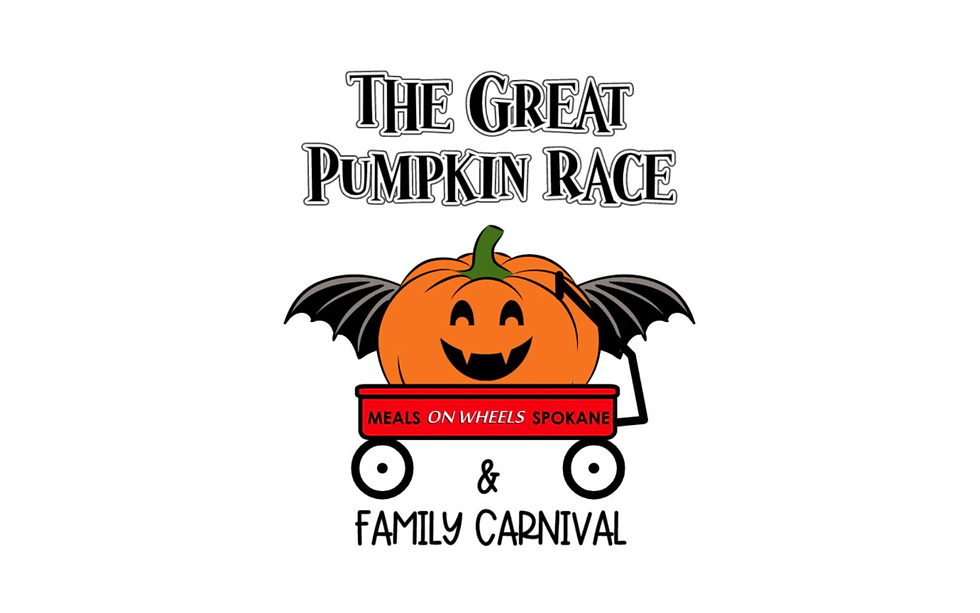Snowmobilers Paradise
- Stephen rocketfish@like-media.com
- Dec 14, 2020
- 4 min read
Ample terrain for all levels
By Colin Anderson

A big reason many of us call the Inland Northwest home is the access to nature and recreation seemingly right outside our front doors. Living within a short drive to blue ribbon fly fishing, award-winning ski destinations, and remarkable hiking and biking trails is something few other destinations offer. There are those who venture even further into the wilderness. Idaho and Washington are home to millions of acres of backcountry, where you seldom find another soul—and the views and vistas you encounter will take your breath away. Advancements in snowmobile technology and riders’ passion for sharing their sport is fueling the next generation of deep-woods winter explorers.
“It is not the sport that you used to see advertised, in which it was more about drinking than riding,” said Greg Figg.
Figg is the president of the Spokane Winter Knights Snowmobile Club and has been riding around his family farm and all over the West since the age of 7. “Being able to see the backcountry in winter is an incredible experience; I get to see areas few people ever see.”
So much in the sport has changed since Figg hopped on sleds in the early 1970s. Engine noise has been cut down on all machines while power and maneuverability has greatly increased riders’ ability to navigate deep snow and steeper terrain. Where once snowmobiles stuck to relatively flat trails, fields and frozen lakes, now entire swaths of wilderness are available to those who possess the right equipment. Much like skiing, however, it is important for beginners to master basic riding skills and knowledge before transitioning to the backcountry.
“It would be like taking a first-time skier up and putting them on the black diamond run and thinking they would enjoy it; most would not,” said Figg.
Purchasing a snowmobile and trailer can add up quickly, not to mention the additional riding gear, helmets, goggles and safety equipment. Those who have an interest will find places to rent everything needed for a ride in Priest Lake, Sandpoint, Coeur d’Alene and Spokane. Regional clubs like the Winter Knights are also happy to partner new riders with experienced members to help guide them through the important know-how and etiquette. The Idaho State Snowmobile Association is another great resource for information. You will also find contacts for regional clubs like the Sandpoint Winter Riders, St. Joe Snow Riders and the Coeur d’Alene Snowmobile Club.
Clubs provide a place for riders of all skill levels to get together for camaraderie and to learn from one another. “Since we are a snowmobile club, we do have a wide variety of snowmobile rides, which include trail rides to full on mountain rides,” said Figg.
The Winter Knights typically do overnight rides such as one to Priest Lake and another to McCall. Members have also traveled to Yellowstone and Seeley Lake, Montana, and areas of British Columbia. “After riding we all gather for dinner at a restaurant and talk about the day and fun times we had, as well as plan the next day,” he said. The club and many others are making sure they are following current health guidelines when it comes to group rides.
While you might think of snowmobiling as a niche sport, more and more riders continue to come into the fold. There are 30,000 registered snowmobiles in Washington alone. Washington State Parks maintains 120 Sno-Parks (parking lots cleared of snow) statewide during the winter. Approximately 80 of the Sno-Parks are designated primarily for snowmobiling. More than 3,000 miles of groomed trails are provided through the Winter Recreation Program, in cooperation with federal, county and local agencies, ski areas, snowmobile clubs and private landowners.
In Idaho, even more terrain is available to riders. According to Visit Idaho, the state is home to over 7,200 miles of snowmobile trails and terrain, including more than 1,000 miles of groomed trails in the Silver Valley surrounding Wallace and Kellogg. The economic impact can also not be ignored. A 2017 study done by Boise State University found snowmobile owners spent $197.5 million on snowmobiles, equipment, fuel, lodging, food and other items. This supported 4,062 jobs, generated $108 million in labor income, and increased value added by $161 million, and output of locally produced goods and services by $157 million.
Snowmobiles in both states are licensed, and those licensing fees go toward trail grooming and maintenance that benefits not just snowmobilers but hikers and cross-country skiers as well.
No matter which state you call home, a variety of trails are available to people of all skill levels. For beginners, Figg recommends Mount Spokane State Park, Kings Lake near Usk, Washington, and Fernan and Bunco near Coeur d’Alene. “Priest Lake also offers a wide range of trail and off-trail riding from easy to expert,” he said.
State law in Washington states that children under age 12 may not operate a snowmobile on or across a public roadway or highway. Children ages 12 to 16 must pass the snowmobile safety education course and carry the certificate of successful completion with them when operating a snowmobile. Youth who operate a snowmobile under the direct and present supervision of a qualified adult need not show the certificate.
The State Parks websites for both Washington and Idaho have a comprehensive list of available trails broken down by region as well as grooming updates. Clubs like the Spokane Winter Knights are a great resource as well. New riders can gain all the knowledge they need, and experienced riders might learn of new trails and find new friendships on organized group rides.
“Just like skiing is a great winter sport, snowmobiling is another great winter sport in Northeast Washington!” said Figg. “Winter can be a depressing time with the cold and snow, but having something to look forward to makes it an enjoyable season.”



Comments